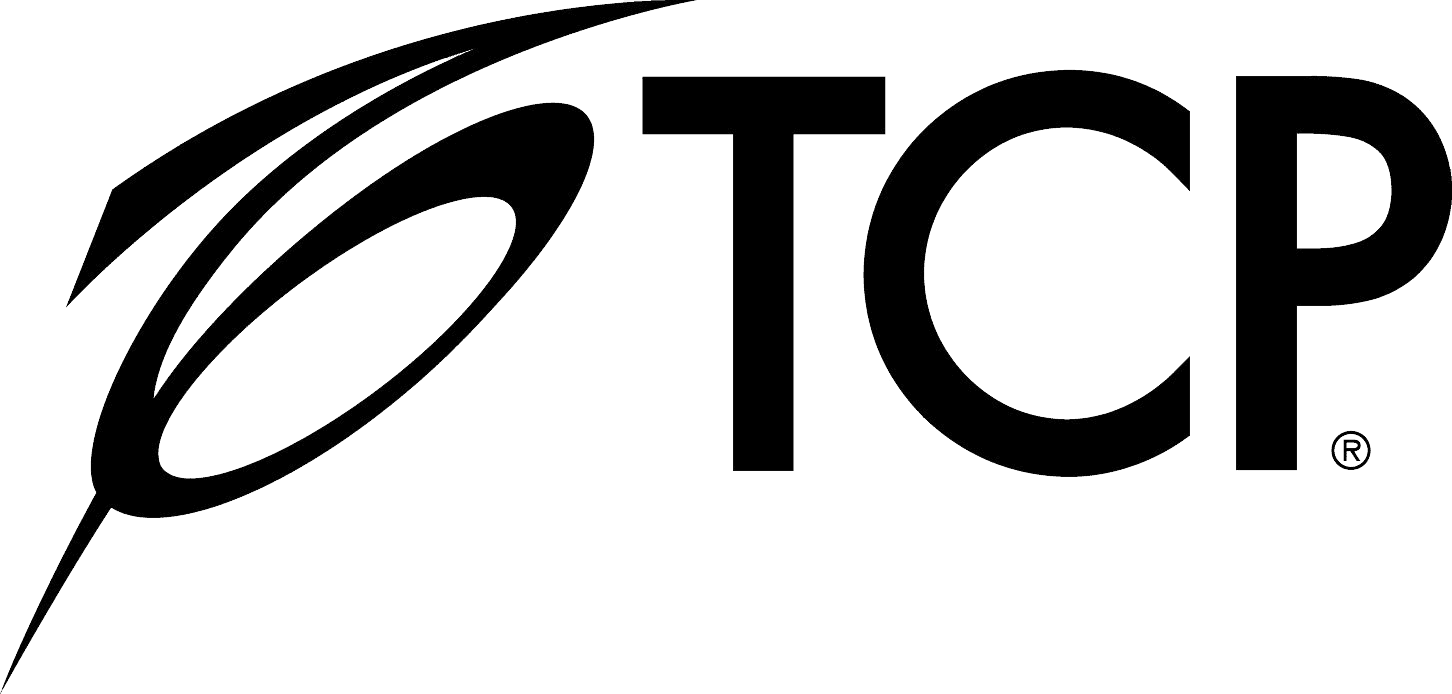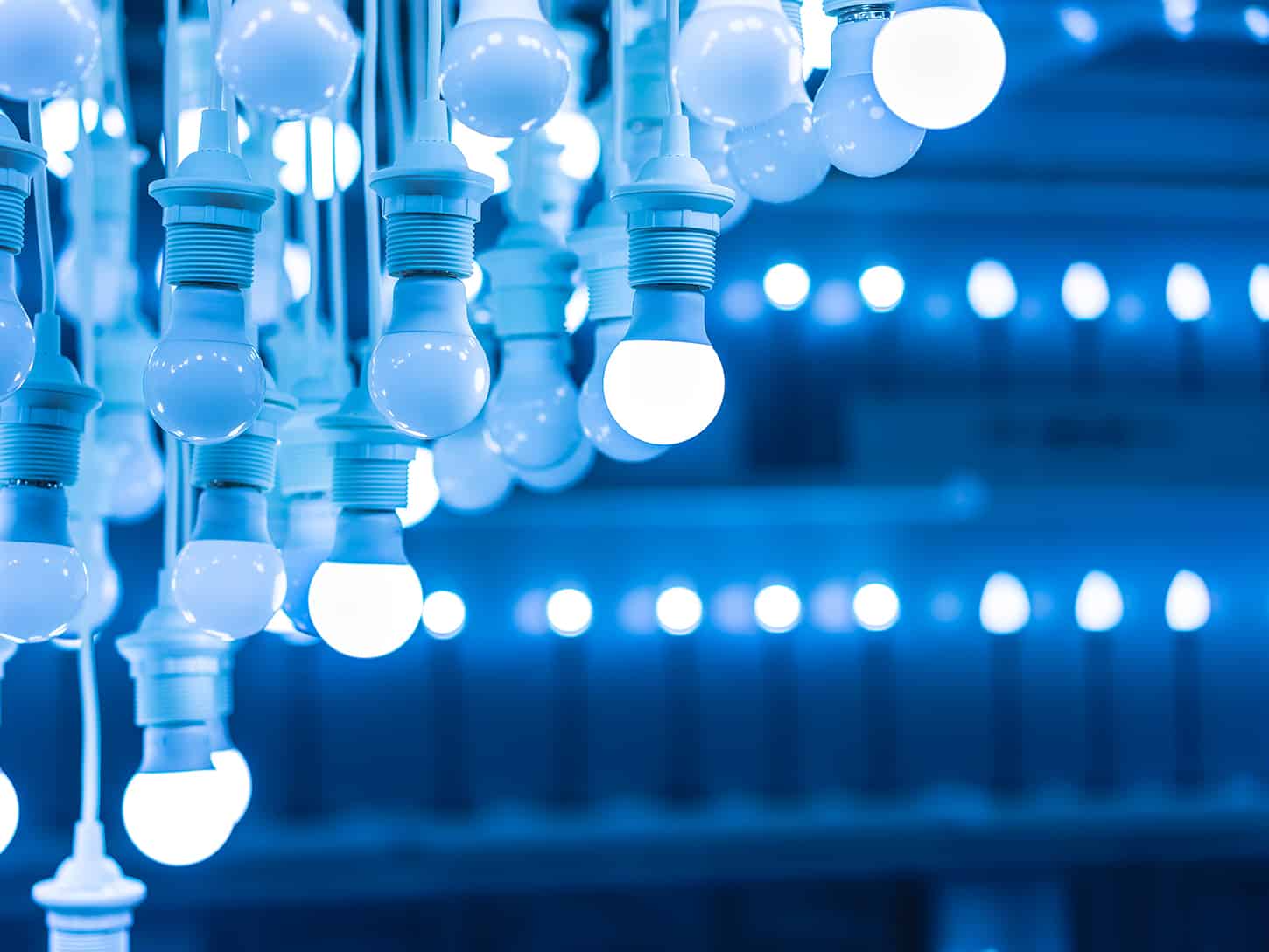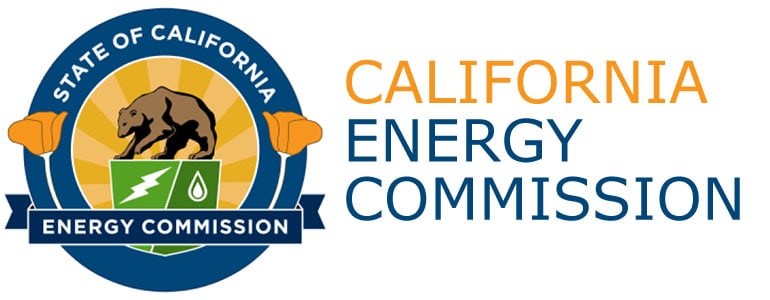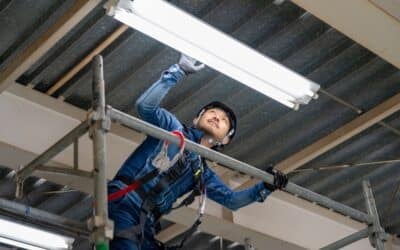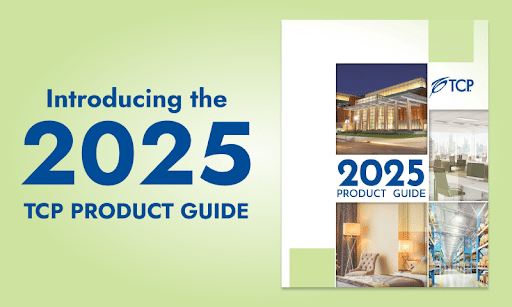The California Energy Commission: Title 20 and Title 24 JA8
Established in 1974 by the Warren-Alquist Act, the California Energy Commission (CEC) was formed as the state’s primary energy policy and planning agency, committing to reducing energy costs and environmental impacts of energy use. Among ensuring the state has a safe and reliable supply of energy, the CEC has eight core organization goals:
Energy Policy
Information Resources
Research, Develop and Demonstration
Power Plant Siting
Building and Appliance Efficiency Standards
Transportation
Renewable Energy
Excellence in Management
CEC Title 20
The Appliance Efficiency Program, or Title 20, includes standards for lighting appliances. the Voluntary California Quality LED Lamp Specification is aligned with the standards of Title 20. The objective of this specification is to promote lighting products that perform better than current mandatory requirements and to prepare the market for upcoming mandatory efficiency regulations. It states the minimum level of quality and performance from LED lamps needed to avoid consumer dissatisfaction and facilitate market transition to more efficient LED technology.
Title 20 is not only a requirement to sell in California, but item(s) must also be registered with the CEC prior to entering the market. However, if a product meets Title 20 requirements, that does not mean it will also meet Title 24 (JA8) requirements.
Eligible Lamps
In order to be Title 20 eligible, lamps must have an American National Standards Institute (ANSI) standard E12, E17, E26 or GU24 base, including LED lamps designed for retrofit within existing recessed can housing that contains one of the preceding bases. Also, the lamp must be capable of producing a quantity of light suitable for general illumination, meaning a brightness less than or equal to 2,600 lumens and greater than or equal to 150 lumens (for candelabra bases) or 200 lumens (for other bases).
The lamp must also be capable of producing white light, meaning light with a correlated color temperature (CCT) between 2200K and 7000K. Lamps of any shape are eligible that meet these criteria, including LED downlight retrofit kits and candelabra LEDs with one of the specified bases.
Effective Dates
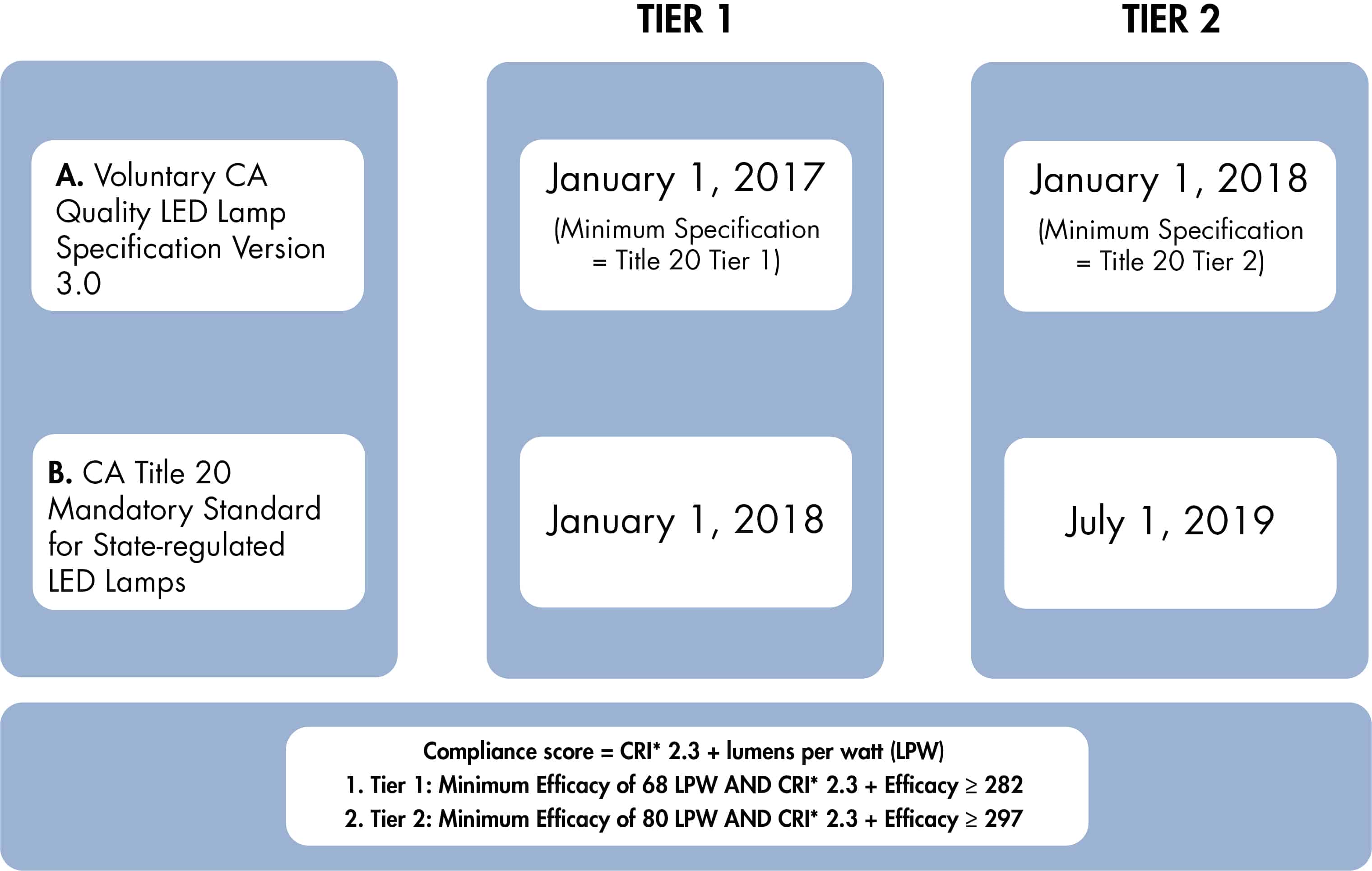
Title 20 Performance Requirements
In order for products to be eligible for Title 20:
- CRI must be greater than 80
- Power factor must be greater than 0.7
- Must have an hour rated life greater than 10,000 hours (25,000 for MR16s)
- A-lamps much be ENERGY STAR® V2.0 omnidirectional light distribution
- Decorative lamp shapes must be ENERGY STAR V1.1 light distribution
- Compliance score* (above chart)
- MR16 lamps must be either be greater than 80 LPW or greater than 70 LPW with a compliance score* greater than 165.
- If the lamp is dimmable:
- Dimmable to 10%
- Reduced flicker
- Noise is less than 24dB at 100% and 20%
- If comparing to incandescent equivalent, must be lower than 3000K
- If comparing to incandescent, must be dimmable
- If comparing to incandescent, lumens must be greater than 310 for E26 or greater than 150 for E12 or E17
CEC Title 24 (JA8)
Title 24 (JA8), also known as the California Building Standards Code, states the energy efficiency requirements for residential and nonresidential buildings. Unlike Title 20, Title 24 is not required to sell product in California, but is however required for new construction projects. High efficiency Joint Appendix 8 (JA8) requirements cover a broad scope, but are only required for residential use.
JA8.1 Purpose and Scope
Performance requirements for JA8 include:
- CRI must be greater than 90
- CCT must be under 4000K
- R9 must be greater than 50
- 6,000-hour lumen maintenance must be greater than or equal to 86.7%
- Rated life must be greater than or equal to 15,000 hours
- 10% dimming
- Flicker less than 30% for 200 Hz or below at 100% and 20% levels
- Noise less than 24dB at 100% and 20%
- Marking (either JA8-2016 or JA8-2016-E) on lamp
TCP has many products that meet Title 20 and Title 24 JA8 High Efficacy requirements. View our product pages to learn more!
Related Articles
Enhancing Retail Spaces with LED Lighting Solutions
Effective retail lighting is essential for attracting and retaining customers, as it influences customer behavior, mood, and overall shopping experience. The Impact of Light Design on Customer Behavior Lighting plays a pivotal role in shaping how customers interact...
Lighting Maintenance in Industrial Facilities
Managing a warehouse facility is more than just keeping shelves organized. The lighting that constantly surrounds the people and products play a big part in the well-being of the business. Lighting maintenance in industrial facilities helps ensure safety, reduce...
Improve Learning Environments with LED Lighting Solutions
Creating an optimal learning environment requires more than just desks and whiteboards – lighting plays a crucial role in shaping students' focus, energy levels and overall well-being. Schools that insist on high-quality LED lighting solutions can enhance student...
